Morocco's Shifting Skies: A Deep Dive into Its Dynamic Climate and Enduring Spirit
Uncover Morocco's unique climate tapestry, from Sahara heat to Atlantic breezes. Explore how geography, culture, and adaptation shape life under shifting skies. Essential insights for travelers and climate enthusiasts.
Where Continents Collide: Morocco's Geographic Canvas
Nestled at the crossroads of Europe and Africa, with the vast to its west and the ancient to its north, Morocco’s unique geographical position is the primary architect of its dynamic climate. This North African kingdom is a land of striking contrasts, defined by its formidable mountain ranges, expansive coastlines, and the encroaching . The towering – comprising the High, Middle, and Anti-Atlas ranges – act as a colossal natural barrier, profoundly influencing weather patterns by blocking moisture-laden winds from the Atlantic and Mediterranean, thereby creating rain shadows that give rise to arid conditions further inland. The fertile coastal plains, on the other hand, benefit from maritime influences. This intricate geological tapestry, where tectonic plates have collided over millennia, doesn't just shape the landscape; it directly dictates the diverse microclimates that define daily life and seasonal rhythms across the country, making a unified weather forecast for Morocco almost an oxymoron. It's a place where you can ski in the mountains and sunbathe on the beach on the same day, a testament to its unparalleled geographical diversity.
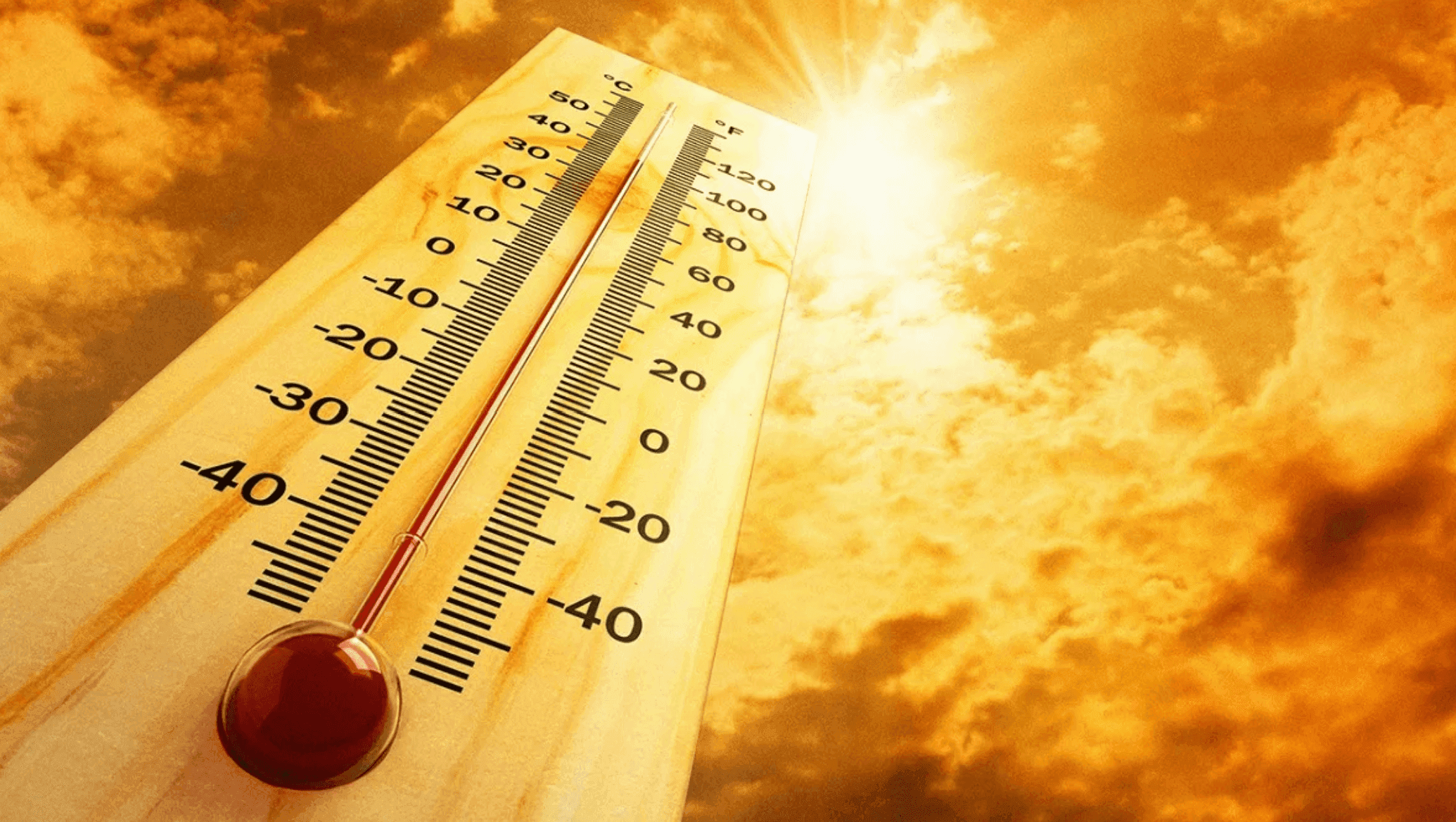
Rhythms of the Seasons: Navigating Morocco's Diverse Climates
Morocco's climate is a symphony of distinct regional variations, each playing its part in the country’s annual rhythm. Along the Atlantic and Mediterranean coasts, a mild, temperate climate prevails, characterized by warm, dry summers and cool, wet winters. This is where the ocean's moderating influence keeps temperatures relatively stable. Venture inland, however, and the climate quickly shifts. The Atlas Mountains experience a starkly different reality, with cold, snowy winters that transform peaks into ski resorts, followed by warm, dry summers. Further south and east, beyond the mountain range, lies the pre-Saharan and Saharan climate, marked by extreme temperature fluctuations – scorching hot days and surprisingly cold nights – with very scarce rainfall. Headlines frequently report on these contrasts, from daily forecasts predicting pleasant coastal breezes to warnings of intense heatwaves, locally known as '', gripping interior regions. The often issues advisories, sometimes dispelling fears of overly strong heatwaves or, conversely, predicting periods of high temperatures coupled with occasional thunderstorms, especially in the interior, highlighting the continuous interplay of these diverse climatic zones throughout the year.

The Human Element: Adapting to Morocco's Weather Extremes
Living with Morocco's diverse and often extreme weather patterns has forged a deep-seated resilience and ingenuity within its people. For centuries, Moroccans have developed remarkable strategies to cope with both searing heat and periods of drought or heavy rains. Traditional Moroccan architecture, with its thick earthen walls, small windows, and central courtyards (riads), is a prime example of passive cooling, designed to provide refuge from the summer sun. Agricultural practices have also evolved to maximize water efficiency, from ancient qanat systems to modern drip irrigation, demonstrating a long-standing commitment to sustainable resource management in a water-stressed environment. When heatwaves strike, as they frequently do, especially during the 'Samim' period, daily life shifts. Public spaces like pools become vital community hubs for relief, their occasional closure, as seen in some towns, becoming a source of public frustration. People adjust their routines, seeking shade, staying indoors during peak heat, and embracing the cooler evenings for social activities. This adaptability isn't just about survival; it's woven into the cultural fabric, a testament to generations learning to coexist with the powerful forces of nature.
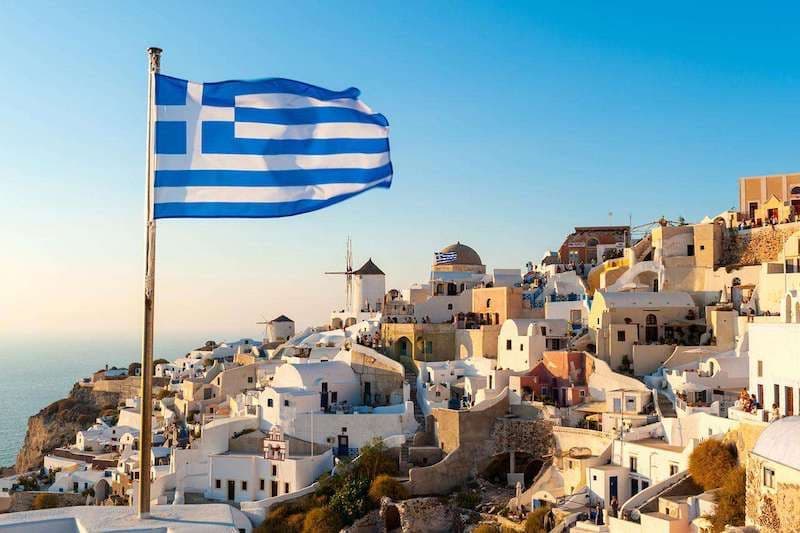
Climate's Future: Challenges and Resilience in the Kingdom
Looking ahead, Morocco, like many nations, stands at a critical juncture concerning climate change. The patterns observed over recent years, including more frequent and intense heatwaves and unpredictable rainfall, are not just daily anomalies but indicators of a broader, more challenging future. The Moroccan Meteorological Directorate's regular updates on heatwave probabilities and the occurrence of intense thunderstorms underscore the increasing volatility. Water scarcity, already a persistent concern due to the country's arid and semi-arid regions, is projected to worsen, prompting urgent discussions around water resource management. While headlines from other nations, such as Greece's review of its water policy, might seem distant, they resonate deeply within Morocco, which faces similar pressures. The Kingdom has, however, positioned itself as a leader in climate action, investing heavily in renewable energy projects like solar and wind farms, and implementing comprehensive water conservation strategies. This proactive approach, coupled with the inherent adaptability of its people, reflects a national commitment to building resilience and ensuring a sustainable future, navigating the shifting skies with foresight and an enduring spirit.
Related Articles

Where Deserts Meet Oceans: Unveiling Morocco's Dynamic Climates

Where Deserts Meet Oceans: Unveiling Morocco's Dynamic Climates
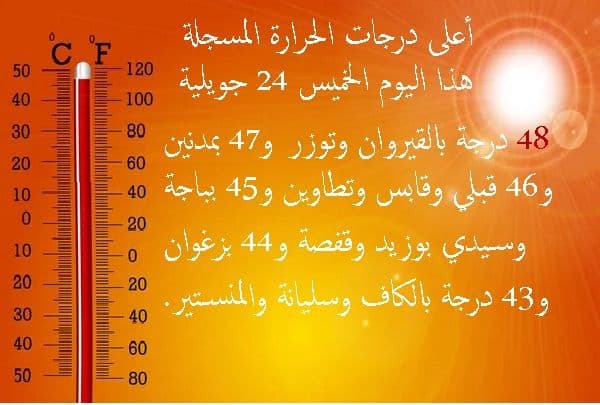
The Chehili Chronicles: Unveiling Tunisia's Extreme Heat Phenomena

The Chehili Chronicles: Unveiling Tunisia's Extreme Heat Phenomena
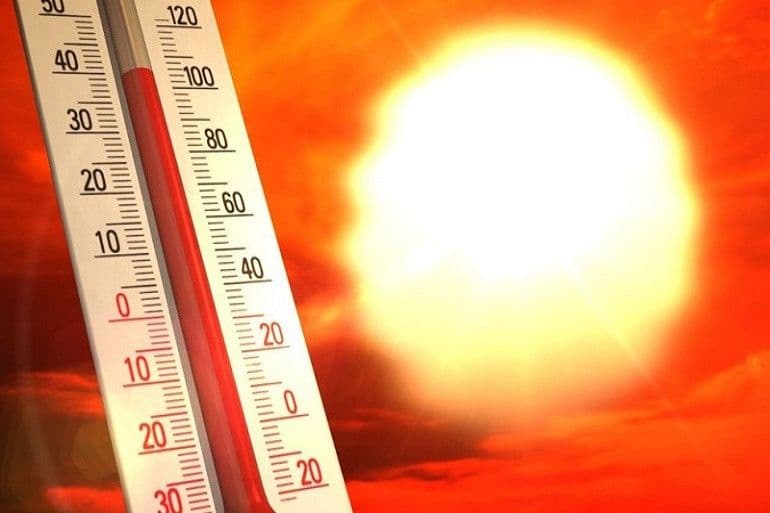
When the Desert Speaks: Tunisia's Summer Weather and Its Unseen Dynamics

When the Desert Speaks: Tunisia's Summer Weather and Its Unseen Dynamics
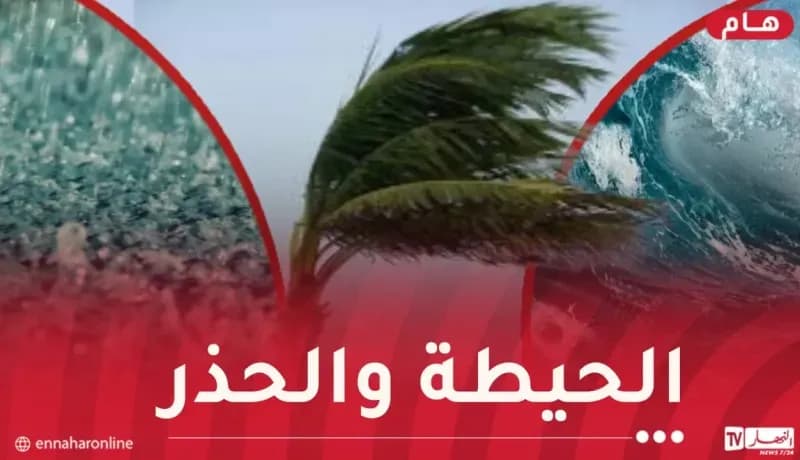
Navigating Algeria's Turbulent Skies: The ONM's Critical Vigilance
